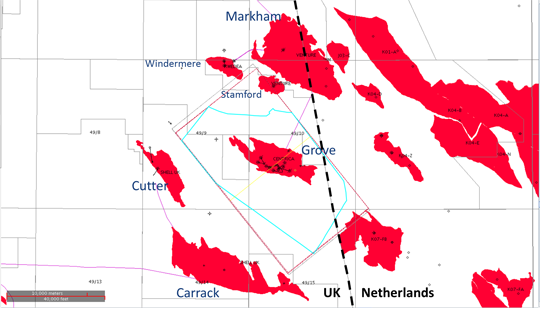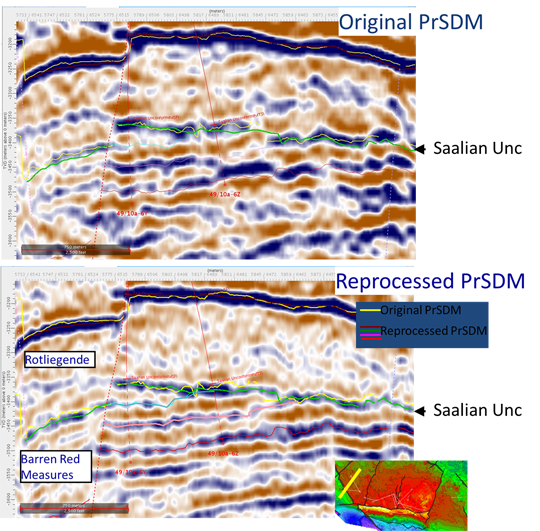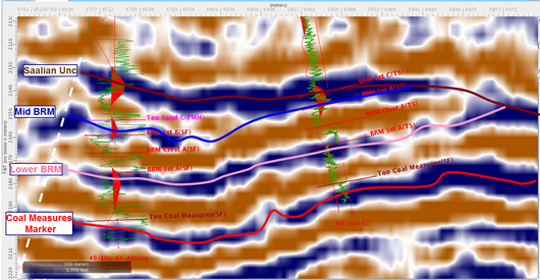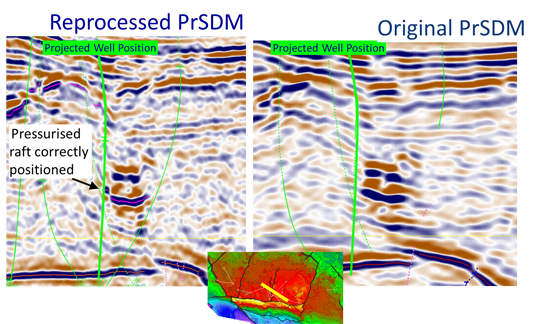

STUART FLETCHER
Consultant Geophysicist
Project Summary
Development Geophysicist for the Grove Field.
This work was carried out for Centrica who bought the Grove Field as a partly-developed gas field that was thought to be of Permian age.
Detailed geophysical analysis proved the reservoir to be Carbonifereous, allowing the three remaing wells to be drilled and completed
accurately to give a consistent, producing field in a low permeability reservoir.
The reprocessing of the seismic data, referred to below is covered in the technical paper
Sugrue, M., Goodall, C., Fletcher, S., King, D. and Gasiorowski, T. [2010]
Careful Processing Leads to Cheaper Wells: Grove, An SNS Case History, PETEX Conference.



